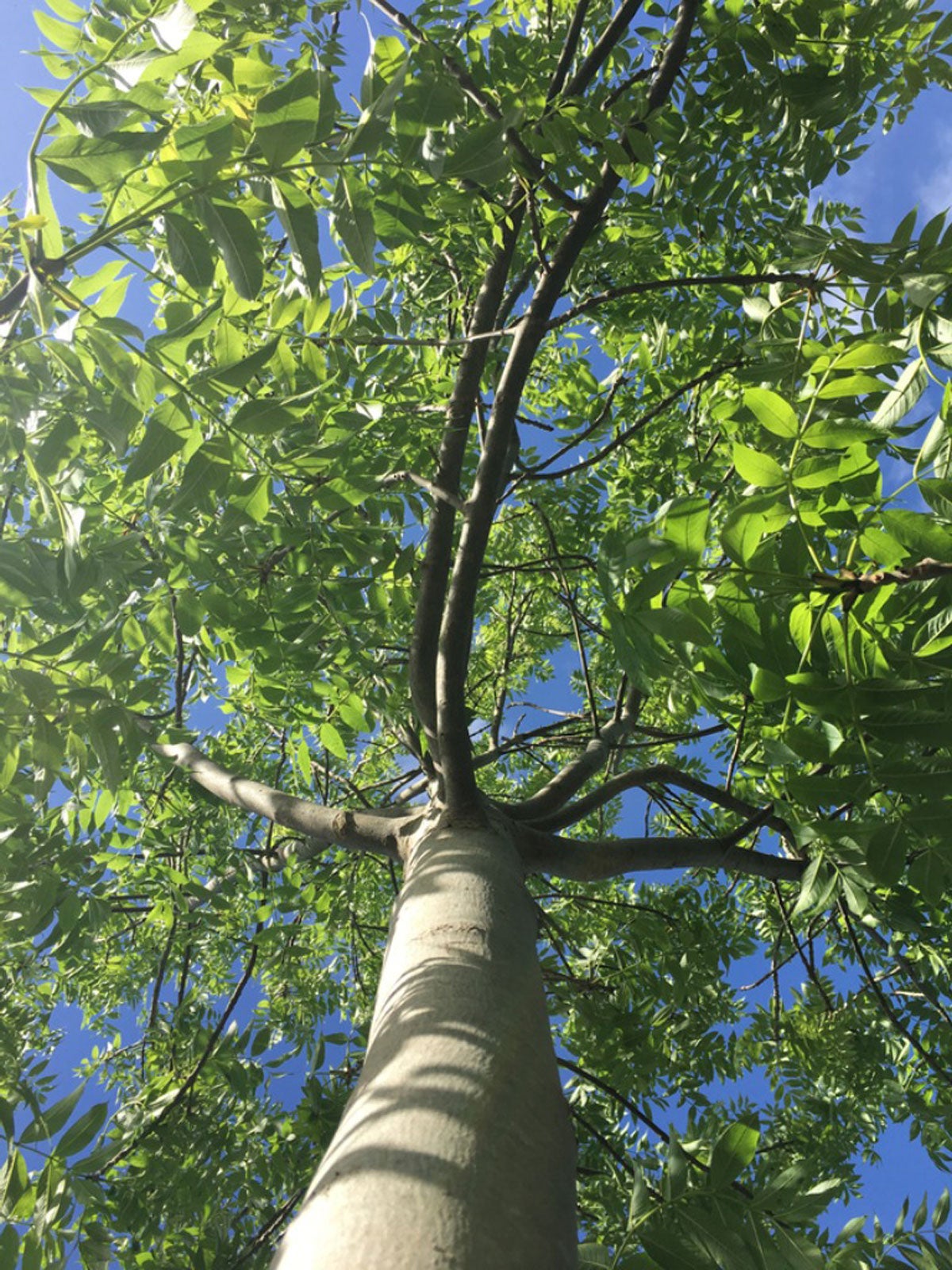Ash Tree Identification: Which Ash Tree Do I Have


If you have an ash tree in your yard, it might be one of the varieties native to this country. Or it might just be one of the trees similar to ash, different species of trees that happen to have the term “ash” in their common names. If you think the tree in your backyard is an ash, you may be wondering, “Which ash tree do I have?”.
Read on for information on different types and tips on ash tree identification.
Types of Ash Trees
True ash trees are in the Fraxinus genus together with olive trees. There are 18 types of ash trees in this country, and ash is a common component of many forests. They can grow into tall shade trees. Many offer nice autumn displays as the leaves turn yellow or purple. Native ash tree varieties include:
- Green ash (Fraxinus pennsylvanica)
- White ash (Fraxinus americana)
- Black ash (Fraxinus nigra)
- California ash (Fraxinus dipetala)
- Blue ash (Fraxinus quadrangulata)
These types of ash trees tolerate urban pollution and their cultivars are often seen as street trees. A few other trees (like mountain ash and prickly ash) look similar to ash. They are not true ash trees, however, and fall in a different genus.
Which Ash Tree Do I Have?
With 60 different varieties on the planet, it’s very common for a homeowner not to know the ash variety growing in their backyard. While you may not be able to figure out the type of ash you have, ash tree identification is not difficult.
Is it an ash tree? Identification starts with making sure that the tree in question is a true ash. Here’s what to look for: Ash trees have buds and branches directly across from each other, compound leaves with 5 to 11 leaflets, and diamond-shaped ridges on the bark of mature trees.
Determining the variety you have is a process of elimination. Important elements include where you live, the height and span of the tree, and the type of soil.
Sign up for the Gardening Know How newsletter today and receive a free copy of our e-book "How to Grow Delicious Tomatoes".
Common Ash Tree Varieties
One of the most common ash tree varieties in this country is the white ash, a large shade tree. It grows in USDA zones 4 through 9, rises to 80 feet (24 meters) with a spread of 70 feet (21 meters).
Blue ash is equally tall and can be identified by its squared stems. California ash only grows to 20 feet (6 meters) tall and thrives in warmer zones like USDA zones 7 through 9. Carolina ash also prefers those hardiness zones but likes swampy areas. It gets 40 feet (12 meters) tall.
Both black and green ash varieties grow to 60 feet (18 meters) tall. Black ash grows only in colder areas like USDA hardiness zones 2 through 6, while green ash has a much wider range, USDA zones 3 through 9.

Teo Spengler is a master gardener and a docent at the San Francisco Botanical Garden, where she hosts public tours. She has studied horticulture and written about nature, trees, plants, and gardening for more than two decades, following a career as an attorney and legal writer. Her extended family includes some 30 houseplants and hundreds of outdoor plants, including 250 trees, which are her main passion. Spengler currently splits her life between San Francisco and the French Basque Country, though she was raised in Alaska, giving her experience of gardening in a range of climates.